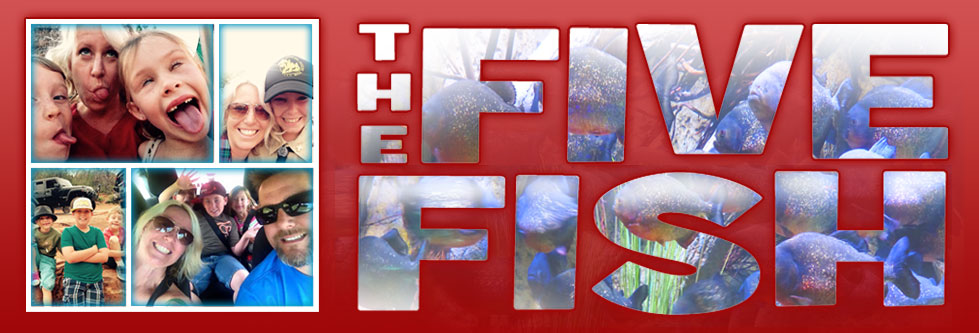Teaching obedience skills is something most dog owners can do on their own. By working with your dog yourself, you can not only improve its behavior but also have fun in the process. Read on to learn the essentials of canine training.
Teaching Basic Commands
When you are able to communicate with your dog, you’ll not only forge a strong bond with it, but you will also help to ensure your pooch’s safety. Once your dog learns and obeys important commands like “stay†and “leave it,†it will be less likely to bolt into dangerous situations or eat something it shouldn’t. Other basics like “sit,†“come,†and “lay down†are also critical to ensuring your dog’s actions are under your control.
Regardless of which basic command you are training on, the process is essentially the same. You will typically make a gesture and issue a voice command while giving your dog guidance on the behavior you expect. When your dog makes progress toward obeying the order you’ve given, reward it with a favorite treat. Eventually, your pooch will understand that following your order is a positive experience, and it will react quickly to your gesture or verbal command.
Correcting Bad Behavior
Once you’ve established the ability to communicate basic commands to your dog, it will make correcting its bad behavior much easier. For instance, if your pup is in the habit of jumping up on people who enter your home, try using the “sit†command to stop this behavior. If the dog is simply too exuberant upon your arrival to follow your order, it is often very effective to simply turn your back and walk away each time, until the jumping stops altogether.
Using a combination of commands and actions can curb other bad behavior as well. If chewing on inappropriate items is a problem, then try the “leave it†command and provide your dog with ample toys on which it can chew. For dogs who bark excessively, start by teaching a new command like “quiet†and then reward your pooch when it settles down. There are also anti-bark collars available that can help control vocalization by getting their attention so you can redirect their behavior. Regardless of the problem, communication is key to getting your dog to behave well.
Rewarding Good Behavior
Whether you are teaching commands or simply interacting with your dog, rewarding its good behavior is as important as correcting its bad behavior. For dog lovers, this may be the easiest part of training, as it’s natural to want to have positive interactions with your pup. While treats are probably always welcomed by your dog, it’s important to remember that lavishing praise and affection on your pet is often the best way to show you are proud and happy with its behavior. In the end, “good boy/girl†may become your dog’s favorite command.
Creating good communication with your dog is critical for ensuring that it will be well-behaved and safe. By teaching basic commands, curbing bad behavior, and providing praise and affection, you’re sure to have a healthy relationship with your pup.

